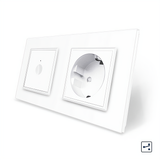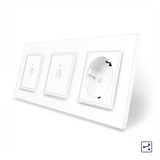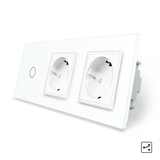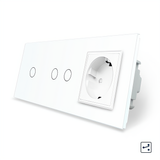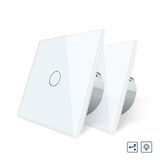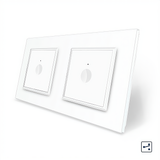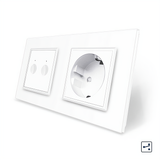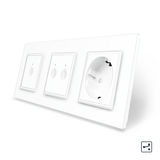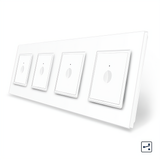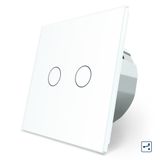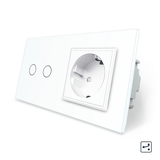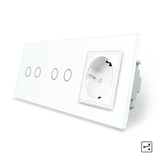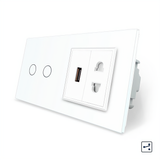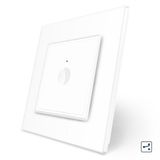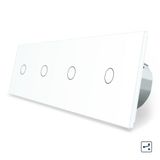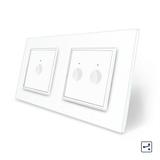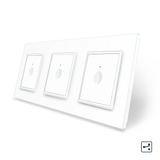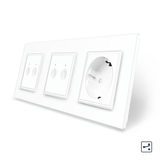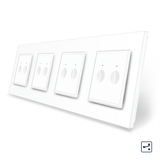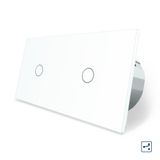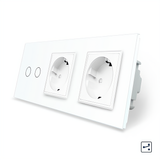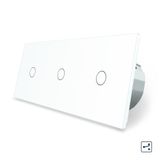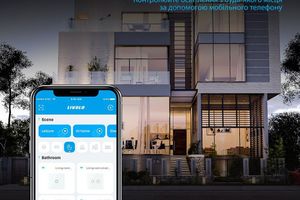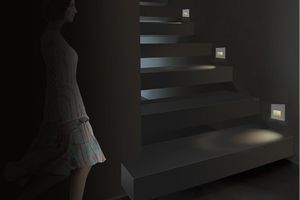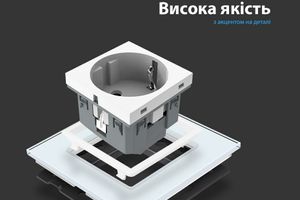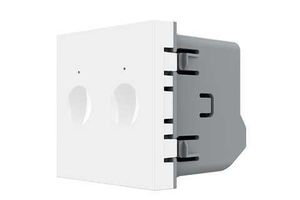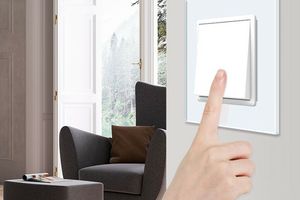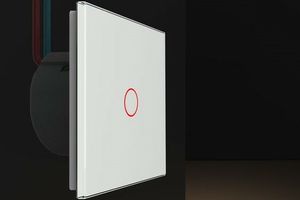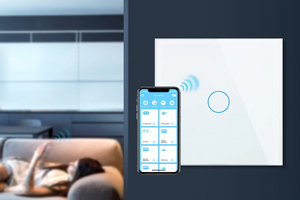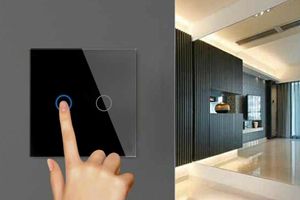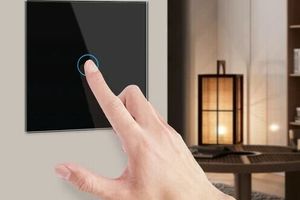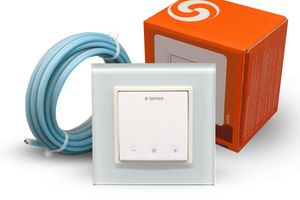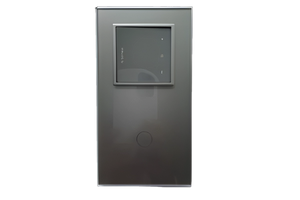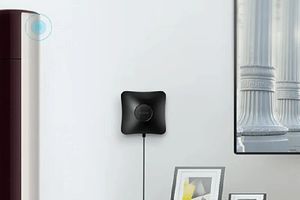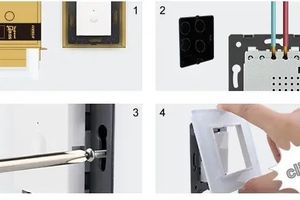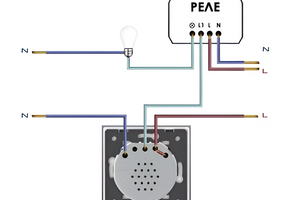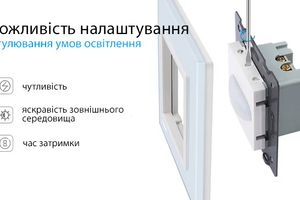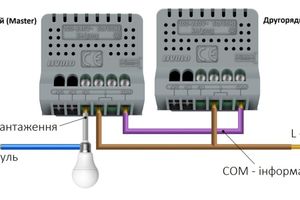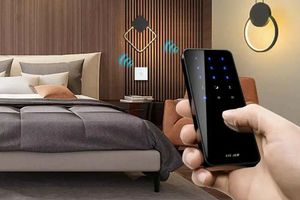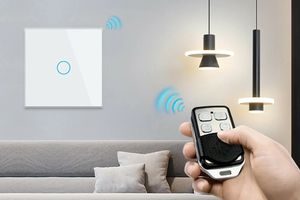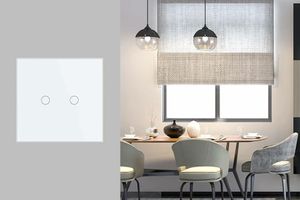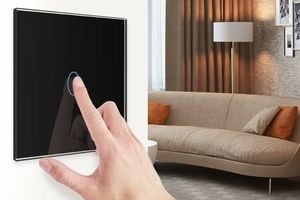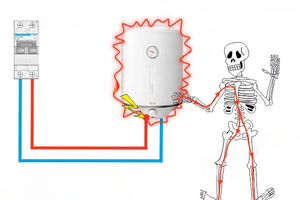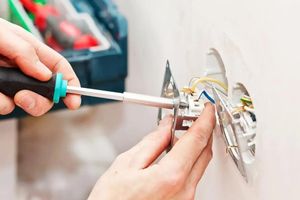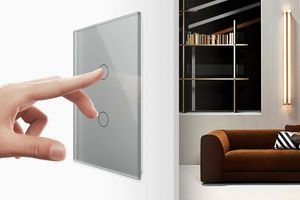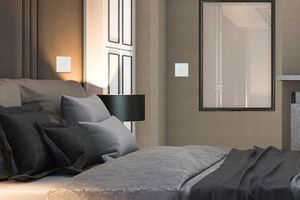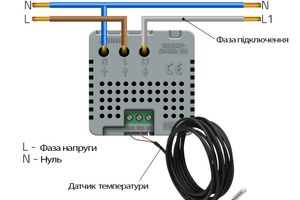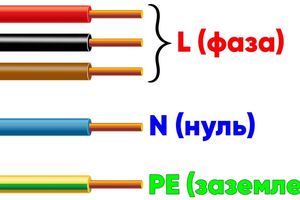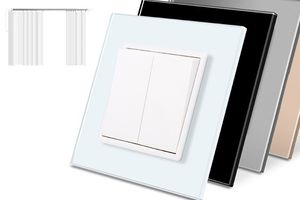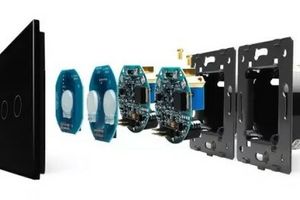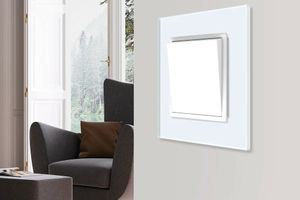A pass-through switch is an innovative system that allows you to control lighting from multiple points in a room, providing convenience and functionality in a modern home or office. This solution is especially relevant for large spaces, long corridors, or multi-level premises.
What is a pass-through switch? The main feature of this device is its ability to work in tandem with other switches. To allow the user to control the lighting from multiple locations, two pass-through switches are used and connected to each other. If it is necessary to control the lighting from three or more points, cross switches are added to the circuit.

What components make up the device?
The design of a single-pole pass-through switch and a multi-pole switching device has its own characteristics. A standard single-pole switch controls an electrical circuit with one wire. However, the pass-through switch differs by having an additional contact. Its design includes three connection points: one input terminal and two output terminals, allowing control of a single lighting line or circuit.
The configuration of multi-gang switches depends on the number of keys. A two-gang model is equipped with six contacts: two input and four output terminals, which allows control of two independent circuits. A three-gang switch has nine contacts: three input and six output terminals. This pattern continues as the number of keys increases.
Visually, a pass-through switch may not differ from a regular two-contact switch, except for the special marking on the key in the form of two oppositely directed triangles. The main difference lies in the internal contact group hidden within the casing. Functionally, these devices are actually switches, not just on/off switches, which more accurately reflects their purpose.
.jpg)
How does a pass-through switch work?
A pass-through switch uses a switching contact to control lighting from two different locations. This is achieved by connecting two pass-through switches with two wiring lines, making them interdependent. This configuration allows control of a single light source from two different places.
The system is especially useful in homes and offices where flexible lighting control is required. These devices enhance convenience by enabling lighting control from multiple rooms, which increases the overall functionality and efficiency of the system.
Where are these devices necessary?
These devices are used in a wide variety of locations with large areas and extended spaces. Their use is particularly effective in the following cases:
- Sports facilities: stadiums with large stands and adjacent areas, indoor sports arenas, wellness complexes with multiple halls and pools.
- Shopping and entertainment centers: spacious shopping galleries, multiplex cinemas, food courts, and leisure areas.
- Transport hubs: train and bus stations with long platforms, airports with extended terminals, subway stations, and underground passages.
- Industrial facilities: large production workshops, warehouse complexes, logistics centers.
- Cultural and exhibition spaces: concert halls with adjoining lobbies, exhibition pavilions, art galleries, and museums.
- Residential and office buildings: multi-story buildings with long corridors, stairwells and elevator lobbies, large basement and utility rooms.
- Educational institutions: school corridors and recreation areas, university campuses, libraries with vast reading rooms.
- Medical facilities: hospital corridors and walkways between buildings, rehabilitation centers with long galleries, and sanatoriums with extensive grounds.
The use of pass-through switches in these locations significantly enhances the convenience of lighting control, ensures energy efficiency, and improves the safety of people's movement. They allow turning lights on and off from different points, which is especially important in large spaces where people have to cover long distances.
The use of pass-through switches helps create a comfortable lighting environment, allowing for the adjustment of lighting depending on the time of day, the intensity of natural light, and user needs. This not only improves the functionality of the space but also creates a more pleasant atmosphere for work, relaxation, or movement.
In addition, pass-through switches help optimize energy consumption by making it easy to control lighting in large areas, turning off lights in unused zones. But how do you connect a pass-through switch? Let’s explain further.
How to connect a two-gang pass-through switch?
Livolo touch pass-through switches can be easily installed using the existing wiring of key switches without altering it or opening distribution boxes.
The universal Livolo touch pass-through (cross or intermediate) switch allows lighting control from multiple points in an on/off mode. It is important to note that it is not compatible with mechanical pass-through switches.
The system includes two types of switches: the Master — which controls the load, and the Slaves — which transmit commands to the Master.
How to connect a two-gang touch switch? Let's go over the key features of the connection:
- Master: terminals Lin (phase), L1 and L2 (load output), COM (information)
- Slave: terminals Lin (phase) and COM (information).
To activate the pass-through function, programming is required. On the Master switch, press and hold the sensor until you hear a sound signal (4-5 seconds), then touch the sensor of the Slave switch.
To reset the settings, hold the Master switch sensor until you hear a second sound signal (about 10 seconds).
Without programming, only the Master switch will be able to control the lighting.
But how do you connect a pass-through touch two-gang switch as a standard switch? It is quite simple, as the existing wiring is sufficient for the task. There is no need to open distribution boxes. You just need to supply the phase to the pair of switches and connect them with a COM wire for information exchange.
Wiring Diagram for a Pass-Through Switch
Before you begin the process, turn off the power supply and identify the necessary wires by marking them. On the pass-through switch mechanism, locate the diagram with three contacts and connect the wires accordingly. If installing a cross switch, find the diagram with four contacts and perform the connection. Carefully place the wires into the mounting box, then secure the switch mechanism in it. Check the reliability of all connections and tightly close the switch casing. After completing the installation, make sure to test the switch operation.
At every stage of wiring and installation, it is important to follow the manufacturer's instructions and adhere to safety standards. If you have any doubts about the correctness of your actions, consult a professional.






















































